Common Welding Methods for Steel Structure Building Kits
The welding of steel structure building kits is a process of combining atoms (molecules) of two separated objects to form a whole by means of energy. Welding method can not only connect metal materials, such as steel, aluminum, copper, titanium, etc. It can also connect nonmetals, such as plastics and ceramics; It can even solve the connection between metal and nonmetal, which is collectively referred to as engineering welding. The structure made by welding is called welding structure, also known as engineering welding structure.
The commonly used welding methods can be roughly divided into four categories: building welding structure, tank and container welding structure, pipeline welding structure and conductive welding structure according to the object and purpose. The so-called building steel structure includes these four types of welded structures. The selected structural material is steel, and most of them are ordinary carbon steel and low alloy structural steel. The main welding methods of steel structure building kits include manual arc welding, gas shielded welding, self shielded arc welding, submerged arc welding, stud welding, spot welding, etc.
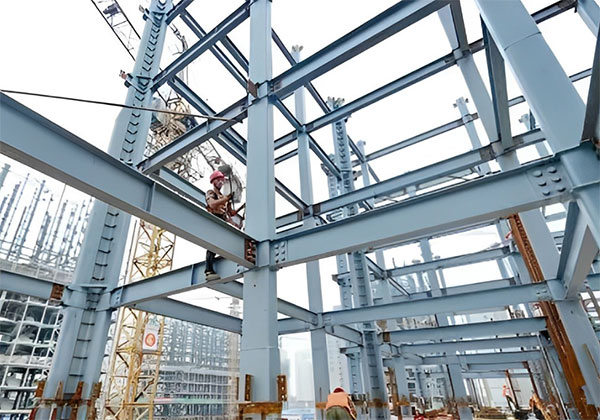
The principle of manual arc welding is that two electrodes produce an arc, which generates a lot of heat to melt the electrode and weldment. The end of the electrode melts to form droplets, which are transferred to the base metal of the melted weldment for fusion, forming a molten pool and conducting a series of complex physical metallurgical reactions. With the movement of the arc, the liquid molten pool gradually cools and crystallizes to form the weld.
Under the action of high temperature, the coating cold applied on the steel core of the electrode is melted into molten slag, which is covered on the surface of the molten pool metal. It can not only protect the high-temperature molten pool metal from chemical reaction with harmful oxygen and nitrogen in the air, but also participate in the chemical reaction of the molten pool and penetrate into the alloy, forming a protective slag shell on the cooled and solidified metal surface.


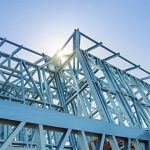
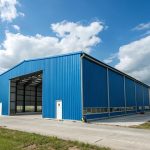
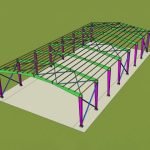
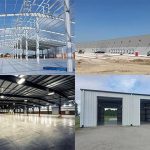

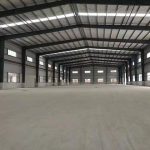
Send us the inquiry form